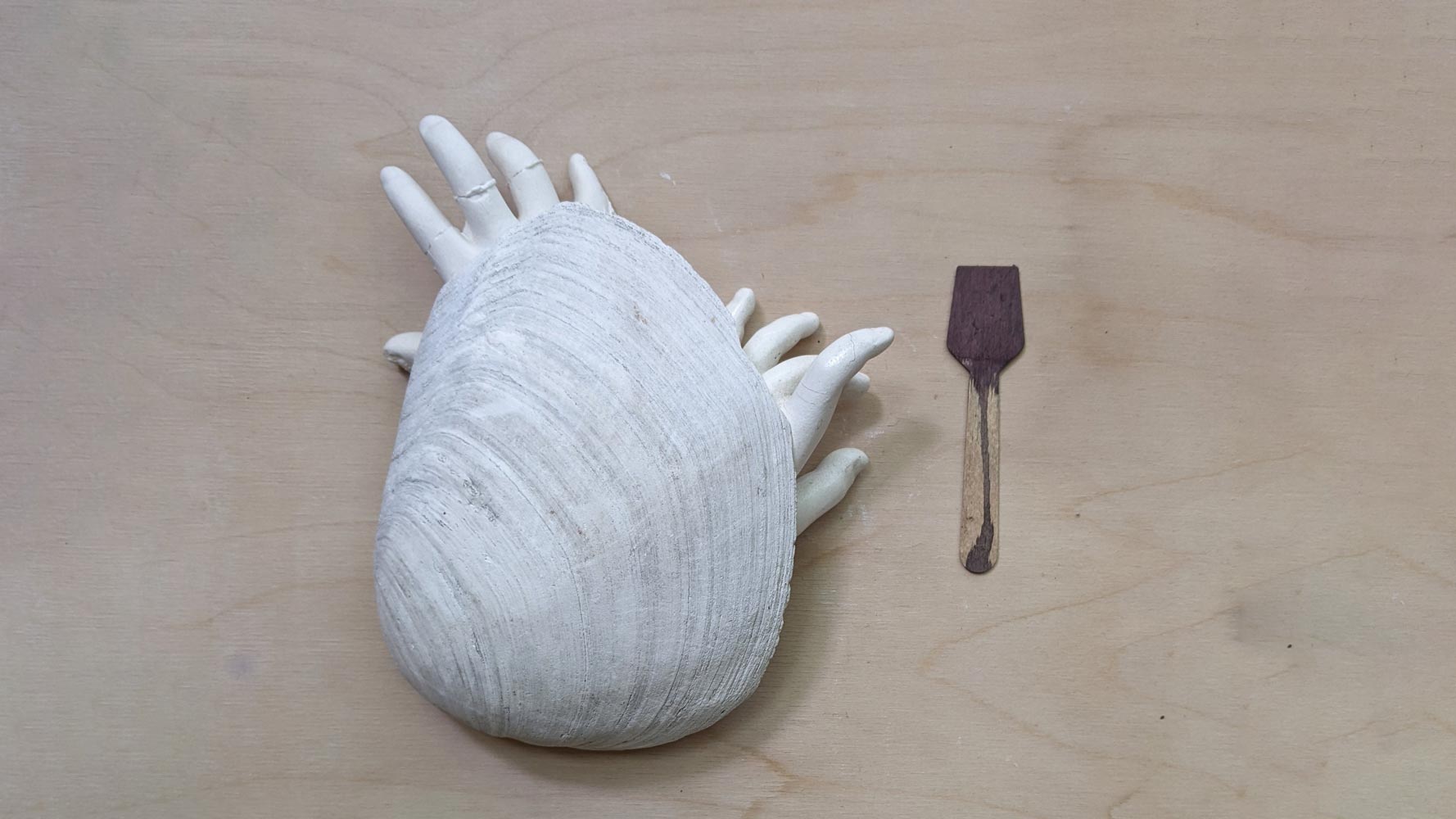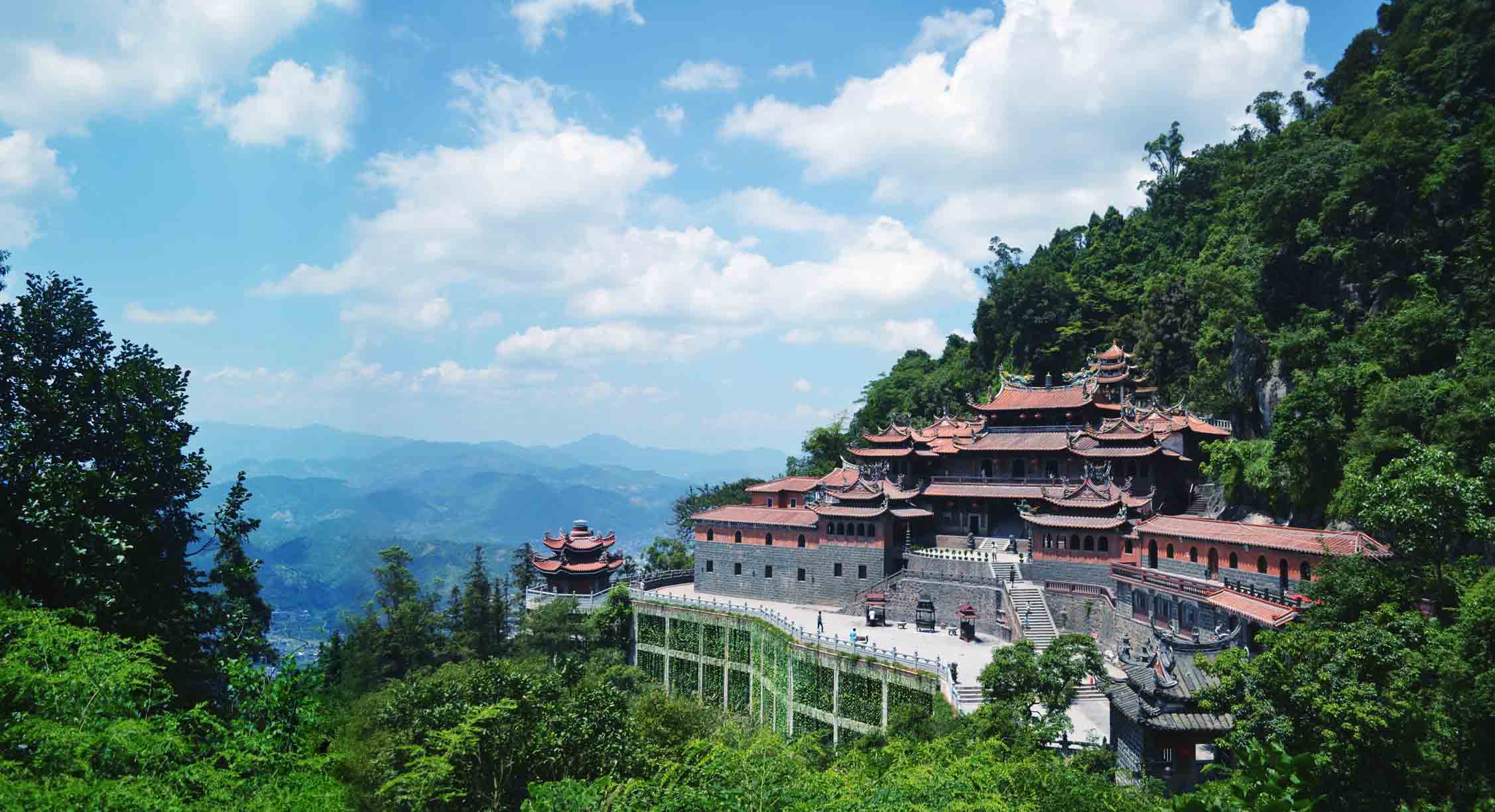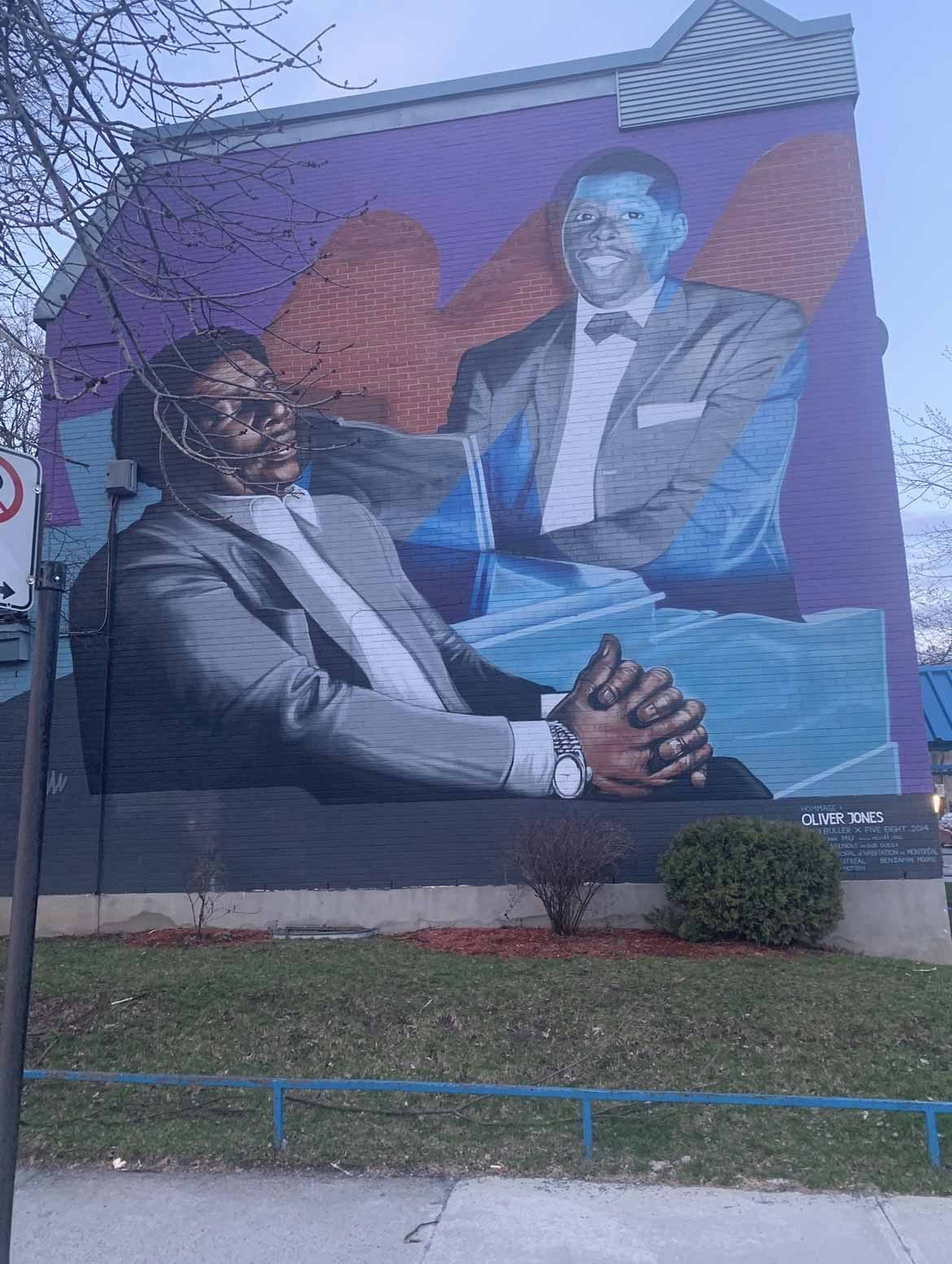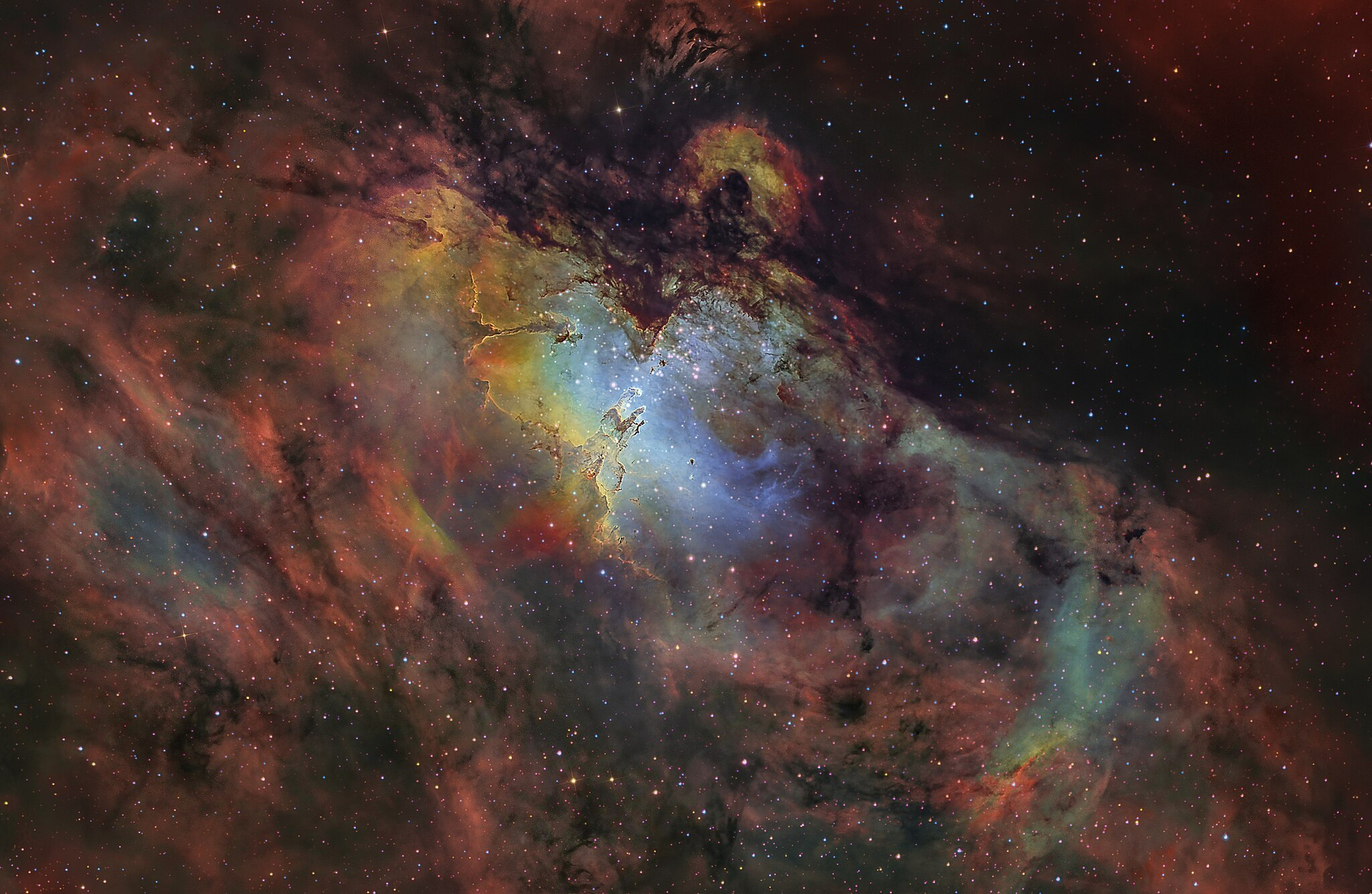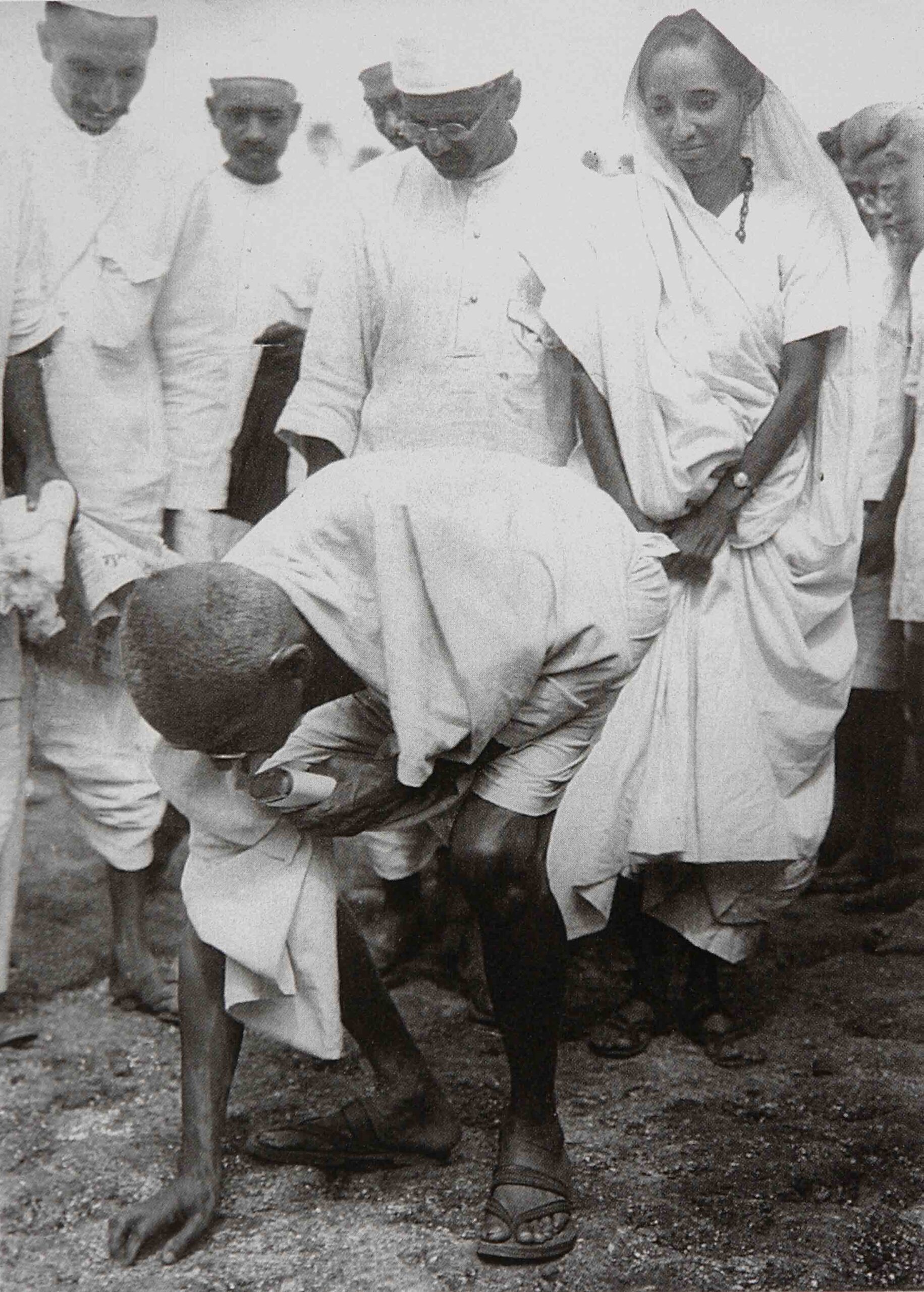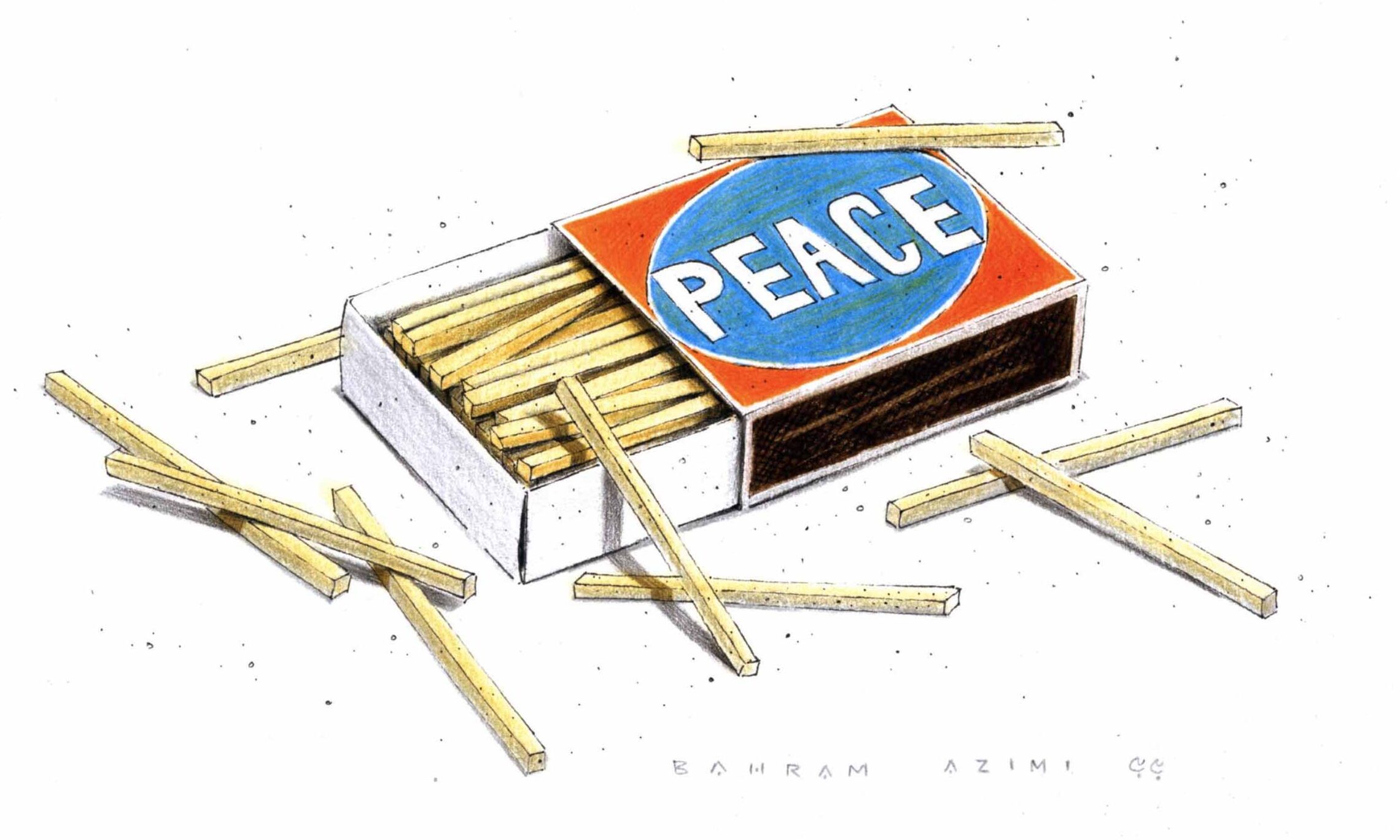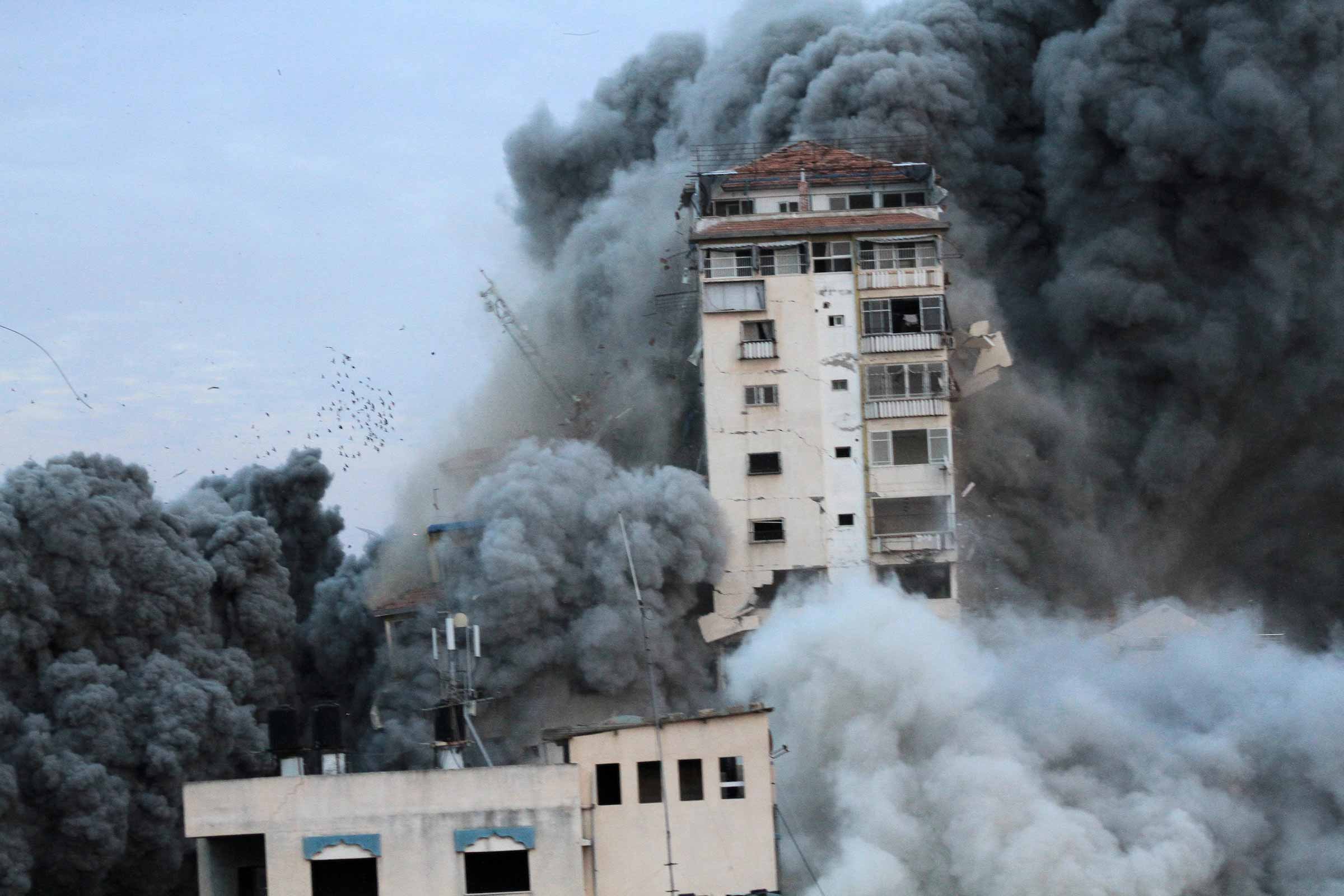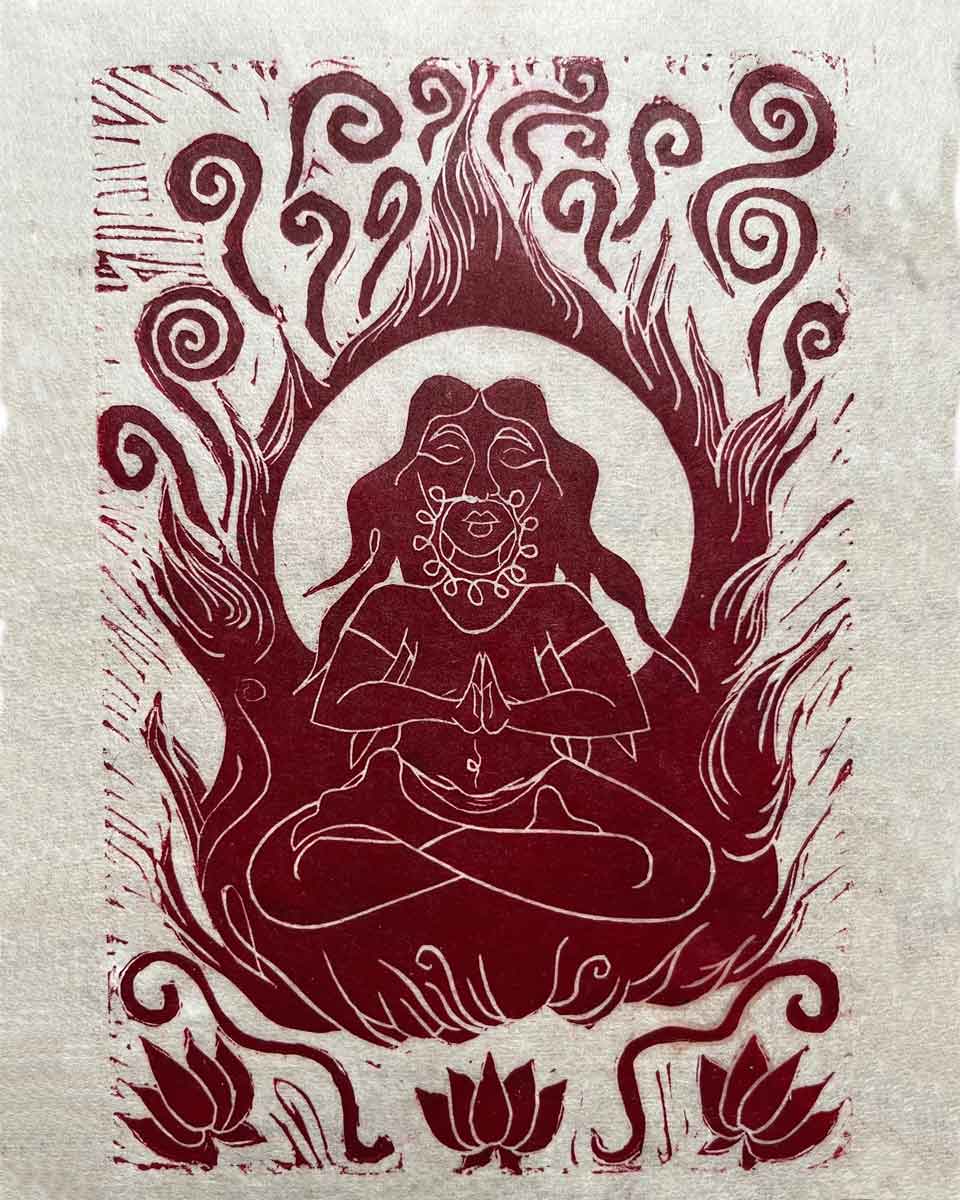Perhaps Mahatma Gandhi’s is the most famous name associated with the idea of peaceful resistance. In the quote above, Gandhi was, of course, talking about internal peace. It is easy to identify where the responsibility for one’s inner peace lies—that is, on one’s own shoulders. Given a society of people who have achieved individual inner peace, do we necessarily attain societal peace?
Gandhi tried to answer this question, too, culminating in his famous Salt March of 1930 and the Quit India movement in 1942. By inspiring hundreds of thousands of people to stand in stoic resistance, this display of peace underlined the intensity of Indians’ desire to be free. But it must be said that without the violent resistance of many thousands of Indians of all races, backgrounds and religions, against a brutal British occupation, this movement would have fallen flat. Gandhi’s words of peace accompanied these acts of necessary violence. His peace was an adjunct to revolution.
We must think of any instance of peace in context. We can look to the modern day for examples: for the occupant of a roomy holiday villa in the occupied West Bank, peace means the existence of a white supremacist armed militia to prevent indigenous people spoiling their view of the countryside; for the Palestinian whose village was razed to make this villa, swimming pool, terrace and all, peace means an escape from the sound of drones, falling bombs, military jeeps, racial slurs. There should be a clear moral line, and yet it is never drawn thickly enough.
To naively follow Gandhi’s philosophy, where must the Palestinian march to obtain this peace? When protesters in the safety of the West are labelled terrorists—a word ascribing violence to people of colour, specifically Arabs, Muslims and others with brown skin, while at the same time having violence perpetrated against them just for speaking out against the decades of war crimes committed in Palestine—what voice can Palestinians, living in the rubble of homes and communities, carry for themselves?
We can turn closer to home, to Montréal, to the First Nations of this land under our feet. Their ongoing, echoing calls for peace, justice and the return of stolen land can be heard if one pauses to listen hard enough. With an increasing number of corporations recognizing that they operate on unceded Indigenous land, it would be easy to think these calls are being heeded. But this recognition comes without any pretense of remedial action. At first glance the land acknowledgement is a peaceful statement, but on closer inspection, its rhetorical message carries the weight of historical violence and oppression. It is a garrote, silencing those who call for restorative justice.
If peace stems from mastery of one’s self, violence necessarily occurs from attempted mastery over others. This is an extension of Gandhi’s statement; for many, the removal of colonial structures from our lives is a prerequisite to the search for internal peace.
That the burden of peace should lie with the occupied rather than the occupier is one of the great and absurd myths of the colonial age. People like Gandhi have shown the power of peaceful struggle through civil disobedience and non-violent resistance, undoubtedly. But peaceful resistance is a privilege. It cannot be used as yet another set of shackles on the hands of the oppressed.
There are connections drawn above between the struggles of indigenous people of India, Palestine, North America and elsewhere against the colonial violences of Canada, the US, Britain, Israel, France, and other nations. We see all these oppressors in isolation, suppressing the historical links between them. We see their peace as collective and their violences as individual. In contrast, we see the occupied very perversely; we see their peace as individual yet their violence as collective. Self-mastery is not enough against this reincarnation of the colonial method of “divide and conquer”
Very rarely do we see the racists openly admit that they are racists, but they leave plenty of clues behind. In these semantics of “peace” and “violence,” we often find that colonial-era racism has lingered. It has done so through the censorship of colonial atrocities in schools, hollow land acknowledgements and false claims of reconciliation. Until we start learning from these patterns of oppression, the cycles of violence that people like Gandhi have fought against will not end.
